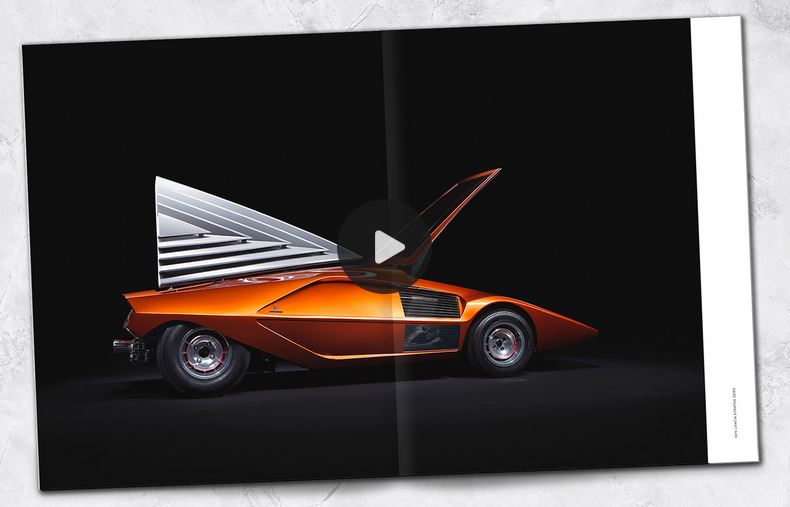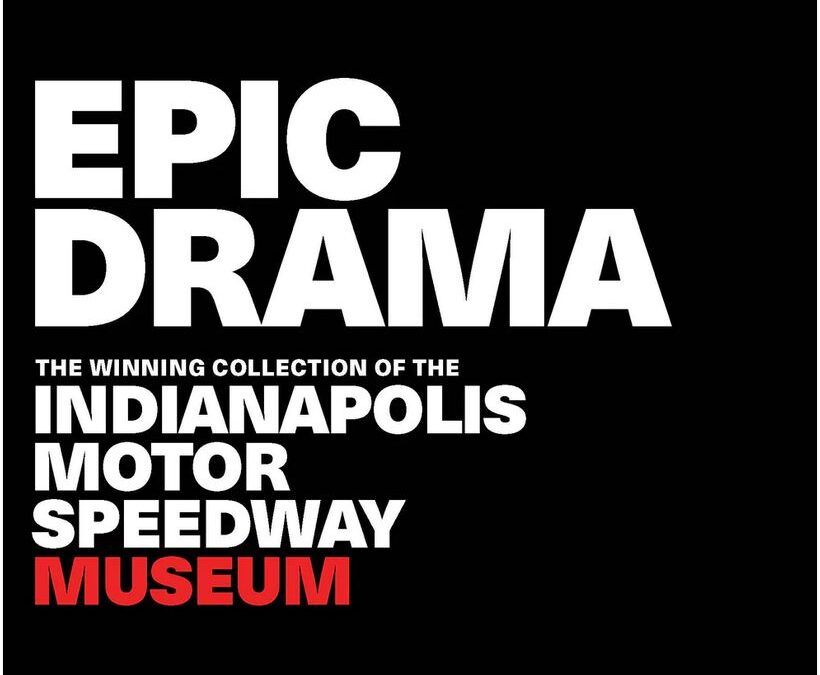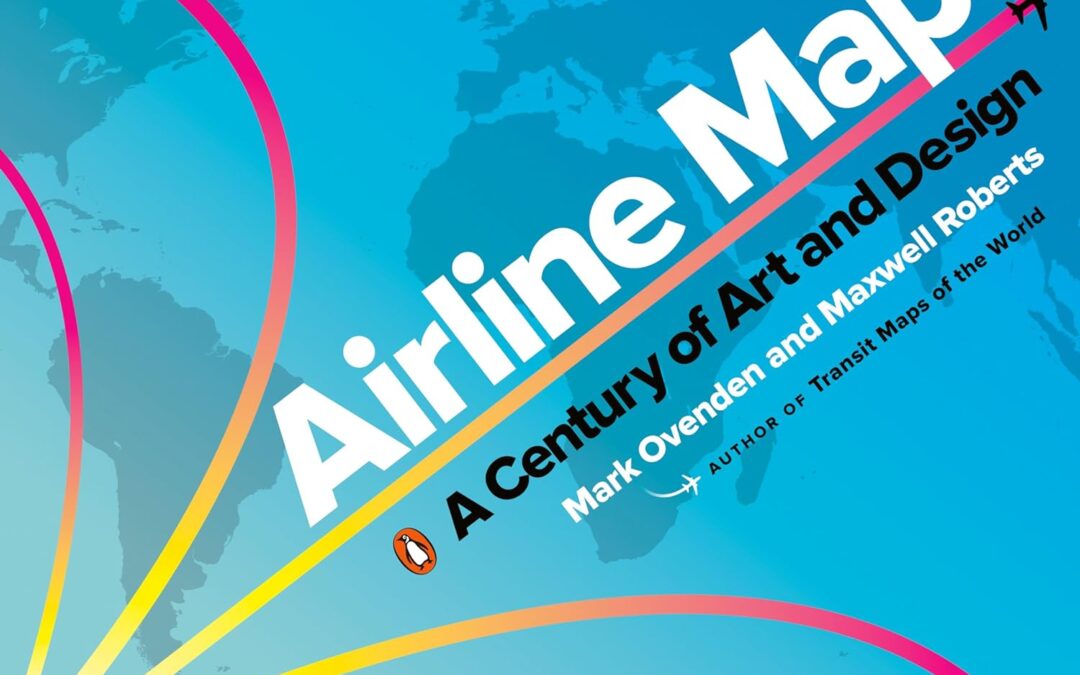
A nostalgic and celebratory look back at one hundred years of passenger flight, featuring full-color reproductions of route maps and posters from the world’s most iconic airlines, from the author of bestselling cult classic Transit Maps of the World.
In this gorgeously illustrated collection of airline route maps, Mark Ovenden and Maxwell Roberts look to the skies and transport readers to another time. Hundreds of images span a century of passenger flight, from the rudimentary trajectory of routes to the most intricately detailed birds-eye views of the land to be flown over. Advertisements for the first scheduled commercial passenger flights featured only a few destinations, with stunning views of the countryside and graphics of biplanes. As aviation took off, speed and mileage were trumpeted on bold posters featuring busy routes. Major airlines produced highly stylized illustrations of their global presence, establishing now-classic brands. With trendy and forward-looking designs, cartographers celebrated the coming together of different cultures and made the earth look ever smaller.
Eventually, fleets got bigger and routes multiplied, and graphic designers have found creative new ways to display huge amounts of information. Airline hubs bring their own cultural mark and advertise their plentiful destination options. Innovative maps depict our busy world with webs of overlapping routes and networks of low-cost city-to-city hopping. But though flying has become more commonplace, Ovenden and Roberts remind us that early air travel was a glamorous affair for good reason. Airline Maps is a celebration of graphic design, cartographic skills and clever marketing, and a visual feast that reminds us to enjoy the journey as much as the destination.
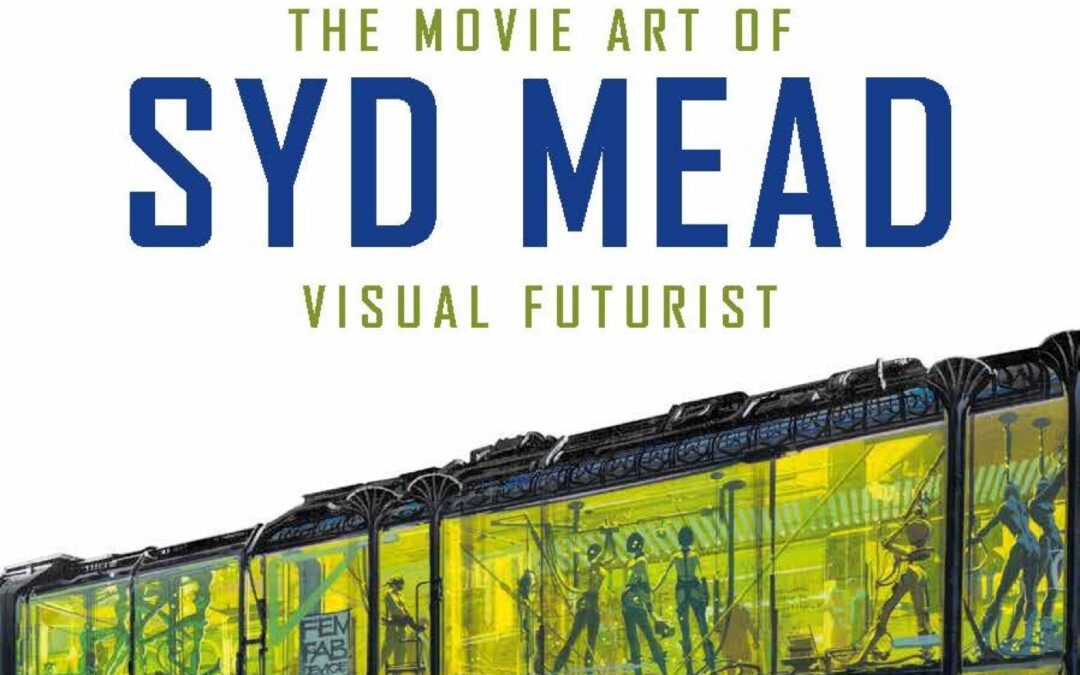
Syd Mead is one of the most accomplished and widely respected artists and industrial designers alive today. His career boasts an incredible array of projects from designing cars to drafting architectural renderings, but he is most famous for his work as a concept artist on some of the most visually arresting films in the history of cinema. Since working on
Star Trek: The Motion Picture in 1978 as a production illustrator Syd Mead has always aimed to render “reality ahead of schedule,” creating evocative designs that marry believable content with a neofuturistic form. It is this ability to predict technological potential that has helped Mead create such a distinctive and influential aesthetic. From his work with Ridley Scott on
Blade Runner, to his striking designs for the light cycles in
Tron, to his imposing concept art for the U.S.S. Sulaco in James Cameron’s
Aliens, Syd Mead has played a pivotal role in shaping cinema’s vision of the future.
The Movie Art of Syd Mead: Visual Futurist represents the most extensive collection of Mead’s visionary work ever printed, compiling hundreds of images, sketches and concept arts from a career spanning almost 40 years, many of which have never been seen in print before. Each entry provides a unique insight into the processes involved in Mead’s practice as well as illuminating the behind-the-scenes work involved in creating a fully realized, cinematic depiction of the future. With such a plethora of images from the many genre-defining films Mead has worked on, this is essential reading for film fans, artists and futurologists alike.
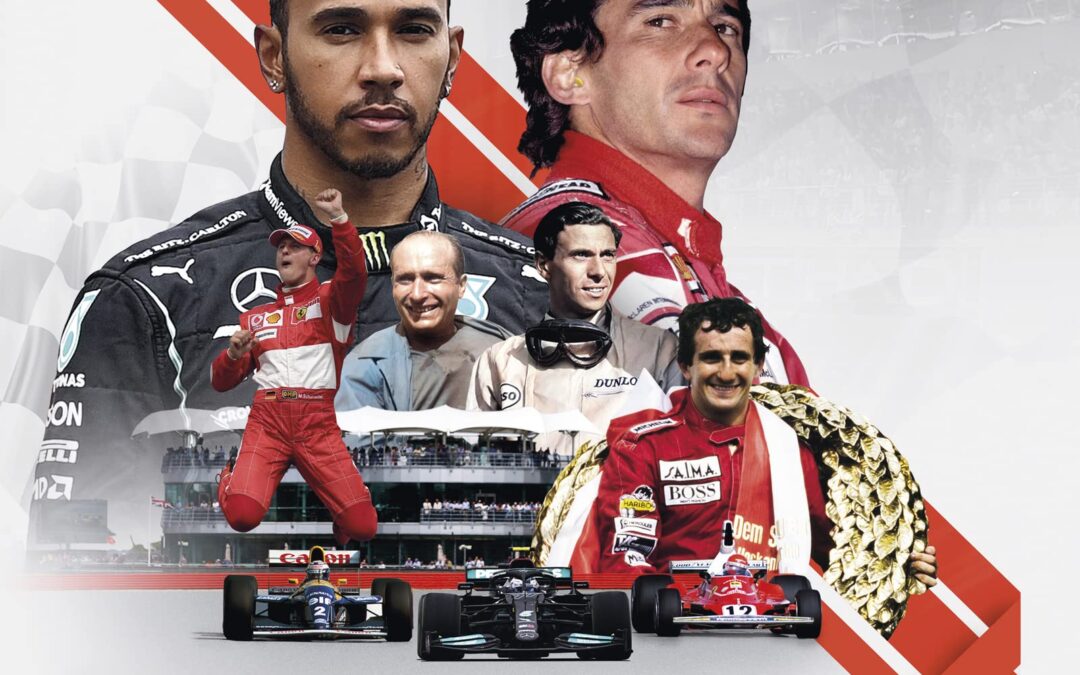
Experience the legendary history of Formula 1 in this new edition of the definitive illustrated book.
Fully revised and updated, Formula 1: The Official History is an electrifying account of the F1 phenomenon, telling the complete story of one of the world’s most popular, thrilling, and glamorous sports. Bringing together a superbly written account of the history of the sport by acclaimed author Maurice Hamilton, and an exceptional selection of stunning images from across seven decades of F1 racing, the book charts the FIA Formula One World Championship, decade by decade, from its first race at Silverstone in May 1950 right through to end of last season’s championship.
Each chapter tells the fascinating stories behind the greatest drivers and teams, important personnel, famous and infamous incidents, as well as key changes to the rules on design, safety and competitiveness. These tales are accompanied by more than 250 exceptional photographs featuring icons past and present, including Ayrton Senna, Michael Schumacher, Alain Prost, Sebastian Vettel, Lewis Hamilton and Max Verstappen. Accessible and entertaining for any F1 fan, and with a foreword by Ross Brawn, Managing Director of the FIA Formula One World Championship, this is the definitive visual history of the sport.

Space Race 2.0 is the only authoritative photographic history of the efforts of private companies—often alongside NASA—to accelerate humankind’s exploration and understanding of the final frontier.
The private space sector is growing tremendously. The industry’s consensus leader, SpaceX, headed by outspoken billionaire Elon Musk, is today worth an estimated $74 billion. And SpaceX and its chief competitors, Blue Origin and Virgin Galactic, are taking on more roles—flying cargo, supplies, and astronauts to outer space. Space Race 2.0 tells their story with expertly written text by science journalist Brad Bergan and stunning photography of the spacecraft, key players, and facilities in California, Texas, and Florida.
In the 1950s and ’60s, the first Space Race pitted two political ideologies against one another: either Communism or Capitalism would prove superior. Ultimately, the US landed on the moon, the race’s crowning achievement. Now, more than a half-century later, the Space Race has pivoted from a contest between ideological rivals to private aerospace firms competing for contracts.
Today, rather than symbolic goals motivated by patriotism, the defining success of a launch system extends beyond engineering and science to image and ROI. Founded in 2002, SpaceX’s trajectory was determined by Musk’s realization that he could achieve higher profits by vertically integrating—manufacturing his own rockets and spacecraft—rather than relying on third parties. The decision was prescient, resulting in a state-of-the-art headquarters in Hawthorne, California, and a series of stunning achievements.
Space Race 2.0 follows the development of commercial space exploration to the present. While tentative first steps in private ventures are covered, such as those by Space Services Inc. and Orbital Science in the 1980s and ’90s, the focus is on today’s major players: SpaceX, Blue Origin (headed by Amazon founder Jeff Bezos), and Virgin Galactic (founded by Richard Branson). While examining the hardware, Bergan also explores such considerations as the importance of design-forward equipment and the endgame: what ultimately is “in it” for firms at the forefront? Natural resources? NASA and ESA contracts? Commercial travel? Communications? And what legal boundaries, if any, restrain corporate interests in space?
Space Race 2.0 is the ultimate visual look at this relatively young industry, looking back at recent remarkable decades—and ahead to what the future might bring.
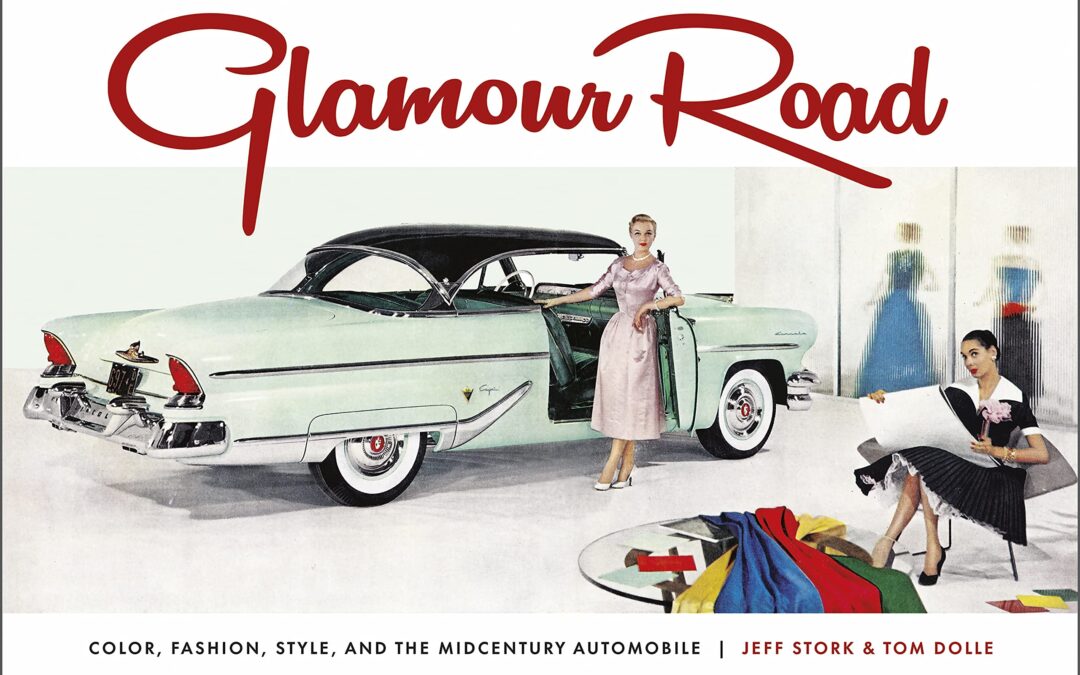
SOLD OUT AWAITING PUBLISHER RE-PRINT
This highly visual book explores the seldom-told story of how glamour, fashion, design, and styling became the main focus of automotive marketing from the postwar 1940s through the 1970s. With the expansion of the American suburbs after WWII, women suddenly needed cars of their own. By adopting the fashion industry’s yearly model changes, as well as hiring many designers and stylists from the fashion industry, the automobile industry made a direct appeal to the rising sophistication and influence of women. By perfecting the fashion-centric concept of planned obsolescence, it became the dominant economic engine of American postwar prosperity. The dramatic photography, elegant fashion, and use of color and materials in midcentury automotive marketing created a groundswell of demand for new cars. Much of the marketing imagery of the period hasn’t been published since it first came out, and this book features some of the best.
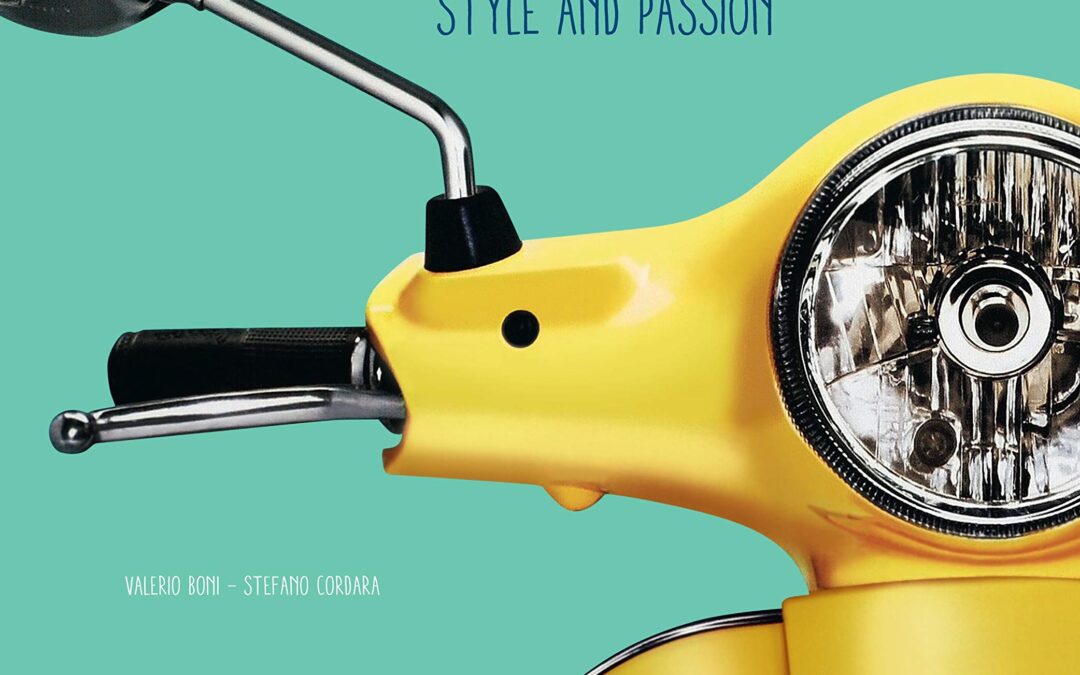
Perfect in its compactness, in its functionality, and in its widely imitated design, the Vespa scooter is not only a means of transport, but a true icon. In celebration of Vespa’s 75th anniversary, Vespa: Style and Passion is the lavishly illustrated official history of the legendary scooters and the culture they’ve inspired.
Introduced by the Italian firm Piaggio in 1946 with the model 98, Vespa enjoyed quick success. The scooters’ diminutive size and affordability were perfect for promoting postwar mobility. But as with most novel designs, it would also be highly imitated, destined for icon status. From Piaggio’s origins to the first Vespa prototypes to today’s forward-looking Elettrica model, Vespa: Style and Passion is the ultimate retrospective of this beloved brand.
A rich selection of visuals includes dozens of studio images of the most significant models from throughout Vespa history—including classics like the 125, 150 GS, Super Sprint, Primavera, and Rally—as well as period advertisements, rare archival photographs, and images of Vespas in popular culture and motorsport. Mod culture, perhaps most responsible for spreading scooter culture, is also given its due with images of customized Vespas.
Vespa: Style and Passion relates with elan and high design the endless evolution of a marque that has conquered six continents, with 19 million units sold. The Vespa is not simply a scooter, but the scooter, known and appreciated the world over—a rare example of a motor vehicle that survived crises and fashions, always remaining faithful to the original concept. This is the definitive story of that influence.

Before regulations constricted automobile design, cars were small, lithe, and voluptuous. Engines were analog, transmissions were manual, and the experience was visceral. For much of Porsche’s history, their use of air cooled engines helped to differentiate them from their competition. Air cooled engines, which were simple, lightweight, and great sounding, powered some of the marque’s most winning, expressive, and iconic street and race cars.In this book, the legendary 356, 550 Spyder, 911, The DKW-Porsche Special, Carrera GTS, Carrera 6, 910, 914, and 959 are represented in bold, evocative works of art. The illustrations in this book were digitally painted in both photorealistic and graphic styles using Adobe Illustrator, Photoshop, and Sketch. In addition to the finished pieces, many images of the works in progress offer glimpses into the artist’s process. A chapter detailing his techniques is included as well.
About the Artist: Since childhood, Geoff wanted to study car design, but always found reasons not to follow that dream… opting to follow a more practical route instead. After graduating from the prestigious School of Visual Arts (SVA), Geoff spent several years as a graphic designer. In the early 90’s, a promising “new” field (interactive media) piqued his interest, so he returned to SVA to earn a graduate degree in Computer Art. He then embarked on a career in user experience design; first with Time-Warner (where he worked on innovations such as the world’s first interactive TV system), then with The Walt Disney Company, Pioneer Electronics, and others. In his late 40’s, his childhood passion for cars finally motivated him to leave his career and enroll in ArtCenter College of Design’s highly respected Transportation Design program. While in school, Geoff began sketching classic cars as a way to hone his visual communication skills. But as time passed, this activity grew into a great labor of love. Geoff has earned many awards (and patents) for his work, and has been featured in Petrolicious, Worth Magazine, Panorama Magazine, and his artwork is displayed publicly and privately throughout the United States.

Vintage Trailer Style is a visual voyage through the world of retro trailers, exploring both the exterior and interior design of these classic icons.
Celebrating the huge resurgence of interest in modern-vintage trailering, this quirky book is overflowing with inspirational images of the world’s most desirable trailers from iconic Airstreams to tiny teardrops, funky pop-tops, beautiful Beverleys and stylish Shastas.
Over 350 beautiful and inspirational photos sit alongside practical tips on restoring, upcycling, decorating and styling a little capsule of retro heaven – whether you own a trailer, beach hut or even a shed!
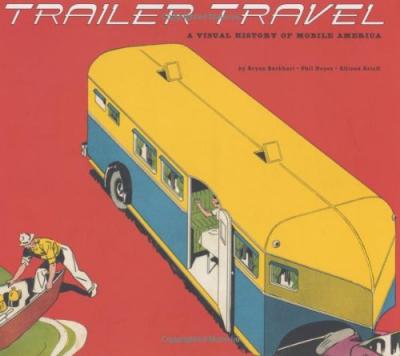
Trailer Travel showcases the rich visual history of America∆s enduring fascination with life on the road. Beautifully reproduced color and black-and-white images culled from public archives and the private collections of passionate trailerites vividly document the travel trailer∆s storied past.
This engaging volume offers a look at motor-camping trips in the early 1900s, the unparalleled innovations in trailer design during the thirties, rare and unique trailer models and interiors, and an extensive array of bold and graphic promotional material, literature, and postcards that illustrate the undeniable attraction of living on wheels. Trailer Travel is the perfect book for the fan of the open road and the fervent collector of trailer ephemera.

“Almost 30 years have passed since the publication of the first book about the famous Tipo 60 and 61 Birdcage Maserati race cars. A new, more comprehensive description of their competition history has been long overdue and Dalton Watson Fine Books are delighted to announce the publication of Maserati Tipo 60 and 61; The Magnificent Front-engined Birdcages. Much additional information has come to light in the last two decades which has enabled the authors, Willem Oosthoek and Michel Bollée, to include numerous updates, corrections, and further elaboration regarding the history of this innovative design.
In 1959, while Ferrari and Aston Martin battled for supremacy in the World Sports Car Championship, Maserati returned to the racing scene with an amazing sports racer, revolutionary in concept: the 2-liter Tipo 60. The car received the nickname ‘Birdcage’ because of the design of its chassis and was immediately successful. The 3-liter version, the Tipo 61, appeared soon after in response to demand from the many private owners and drivers determined to make the Ferraris eat dust. Twenty-two front-engined Birdcage Maseratis campaigned in a vast number of races during the nine-year period between 1959 and 1967. Light and fast, by 1967 they had accumulated almost 170 victories. The new book is a complete history of the car during those years and, for the first time, includes the many Birdcage appearances in European events.
Part 1 of the book covers each individual year, divided in segments on World Championship, North American and European events. Part 2 portrays the individual race history of each chassis number, as well as the owner sequence over the years. At the end of the book each driver is linked to the specific chassis number[s] of the Birdcages in which he competed.
The authors have had the benefit of inpupload ut by many personalities involved in the early history of the Birdcage Maseratis, both drivers and car owners. The book contains first-hand anecdotes, the result of interviews with Bill Krause [the 1960 Times Grand Prix victor, who also wrote the Introduction], Chuck Daigh, Jim Jeffords and many more. In addition, making the book come alive visually are the great images taken by professional photographers such as Flip Schulke and Bob Tronolone, and photographs from the personal collections of the owners and drivers, many of them previously unpublished. “
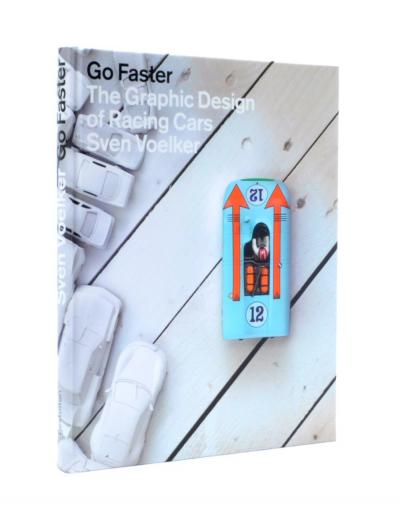
Stripes, numbers, colors, and logos- the graphic visual look of a racecar has to stand out from all the others as they go zooming by. Most people don’t know that racing cars from the likes of Porsche, Ferrari, Maserati, and Lotus were given their looks not by marketing strategists or designers, but by pure chance. Go Faster is a collection of over one hundred examples of racecar design that documents the carefree anarchy in which they were created. In the book, each colorful racing car is featured next to a blank, white model. Thanks to this juxtaposition, Go Faster not only takes its readers on a breakneck ride through images of racing history, but also shows them exactly how the graphics modulate the look of the vehicle. The neutral models in the book also give readers ample opportunity to imagine their own possibilities for graphic design in motor sports. In this way, Go Faster makes an ideal gift for anyone interested in racing and high speeds.
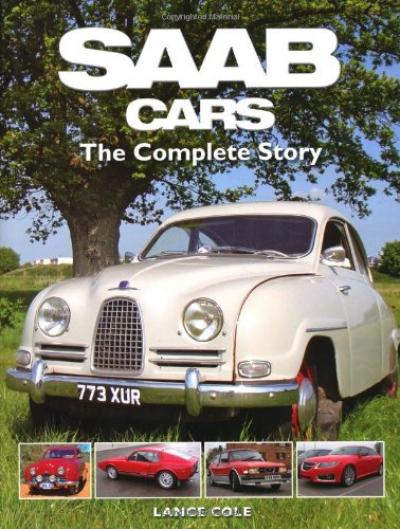
A definitive new history from internationally known Saab aficionado Lance Cole, Saab Cars – The Complete Story offers a detailed insight into the company’s story, from the prototype UrSaab in 1946 to the end of production in 2012. It is a fitting tribute to the spirit and ethos of Saab design and engineering. Explains in detail the design and engineering history of Saab’s pioneering work in aerodynamics, form, function and safety.Investigates the history and founding of Saab.Provides in-depth analysis of Saab’s early cars and their engineering and design features.Profiles key figures in Saab’s manufacturing and rallying success. Charts the days of the ‘Save Saab’ campagin and the battle to survive, and details the events that led to the company’s demise.Includes recollections from Saab workers and those on the factory floor.Stunning visual coverage of the Saab models, with rare archive images and design sketches.
Autobooks-Aerobooks 2900 W. Magnolia Blvd. Burbank, CA 91505 (818) 845-0707 Hours: Tuesday-Friday 10:00 AM – 6:00 PM Saturday 10:00 AM – 6:00 PM Closed Sunday and Monday Accept Credit Cards gift cardYES, We have Gift Cards - Click Here AUTOBOOKS IS OPEN...



